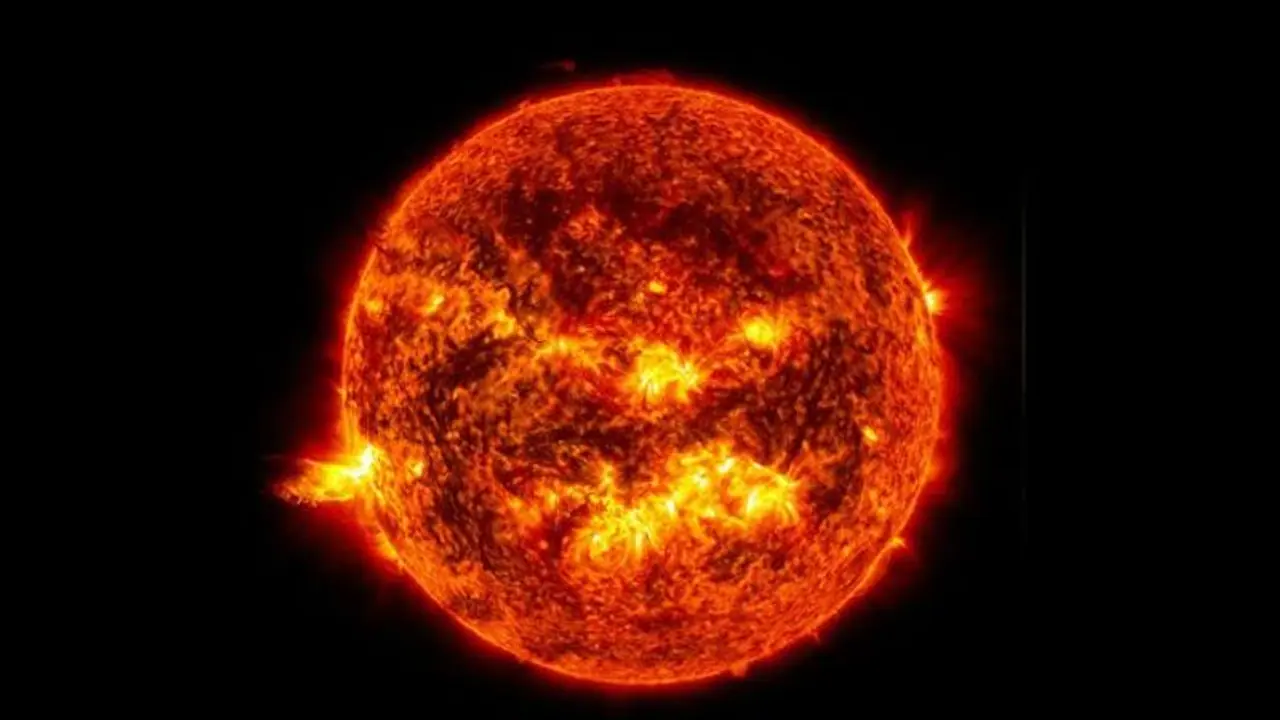In less than two weeks, India will launch its maiden mission, Aditya-L1, aimed at studying the Sun. This mission marks a significant milestone as it involves an Indian spacecraft venturing farther from Earth than any previous mission. Girish Linganna explains
As India rejoices in the triumphant touchdown of the Chandrayaan-3 mission on the Moon, the country's space agency is preparing to launch its first-ever mission to study the Sun in under two weeks. Named Aditya-L1, this mission involves an Indian spacecraft travelling farther from Earth than any other.

Preparations for Aditya-L1 are progressing smoothly. At the Satish Dhawan Space Centre, spaceport Director A Rajarajan shared that the team is conducting last-minute checks on the spacecraft, and the assembly of the PSLV rocket (mission number C57) for this mission is underway.
What is the Aditya-L1 mission?
The Aditya-L1 spacecraft will reach a location significantly distant from the Sun. It will use seven instruments to learn about the Sun's atmosphere and magnetic field. It will study things like the Sun's outer layer, its emissions, the wind it produces, and its explosions and big releases of energy.
The spacecraft will also take pictures of the Sun. The study will continue for five years in this mission
Why is studying the Sun important?
All planets, Earth and those outside our solar system, change because of their main star. The Sun's weather impacts the whole system's weather. Changes can move satellites differently, harm electronics, and cause power problems on Earth. Knowing about Sun events is crucial for understanding space weather. The distance between the Earth's centre to the sun is 15 crore km.
To understand and follow storms coming toward Earth, we need to constantly watch the Sun. Every storm that starts on the Sun and comes toward Earth goes through a special point called L1. Putting a satellite in an orbit around L1 helps because it can always see the Sun without any interruptions or blockages.
The L1 Lagrange point is a special location positioned between Earth and the Sun, approximately 15 lakh kilometres from Earth. At this point, the gravitational forces of Earth and the Sun are in balance, allowing objects to stay relatively fixed in relation to the two bodies.
This spot provides a stable position for satellites and observatories to remain aligned with Earth's orbit around the Sun. It's valuable for continuous solar observation since objects positioned there can consistently maintain an unobstructed view of the Sun. This makes it an important vantage point for studying solar activity and space weather.
The L1 Lagrange point is utilized by spacecraft to minimize the amount of fuel required to maintain their position. Additionally, the L1 point is where the Solar and Heliospheric Observatory Satellite (SOHO) is located. This satellite is a joint effort between NASA and the European Space Agency (ESA).
NASA's Parker Solar Probe, launched in 2018, ventured closer to the Sun than any previous spacecraft. Roughly the size of a small car, the spacecraft journeys right through the Sun's outer layer, eventually getting as close as approximately 4 million miles from the Sun's surface. The Parker Solar Probe was sent into space using a Delta IV-Heavy rocket, taking off from Cape Canaveral on August 12, 2018, at 3:31 a.m. Eastern Daylight Time.
How much heat will the Aditya-L1 face?
While journeying close to the Sun, the Parker Solar Probe endured extremely high temperatures exceeding 1000 degrees Celsius, yet it continued to function without issue. On the contrary, the Aditya-L1 spacecraft, which will be positioned much farther from the Sun than NASA's probe, will not encounter such intense heat. Nonetheless, the Aditya-L1 mission will still have its own set of challenges to tackle.
Payloads
The spacecraft will transport seven instruments to study the Sun's outer layers, such as the photosphere, chromosphere, and outermost regions. These instruments include detectors for electromagnetic and particle activities, as well as magnetic field measurements.
Simply put, payloads are extra things that a spacecraft carries besides what it needs to work. At the L1 point, four of these payloads will look straight at the Sun, while the rest will study particles and fields at that point.
Missions Objective
Studying the Sun gives us insights into stars in our galaxy and beyond. The Sun's extreme heat and magnetic behaviours provide a unique way to understand phenomena that we can't recreate in a lab. It's like a special natural lab for this kind of research.
